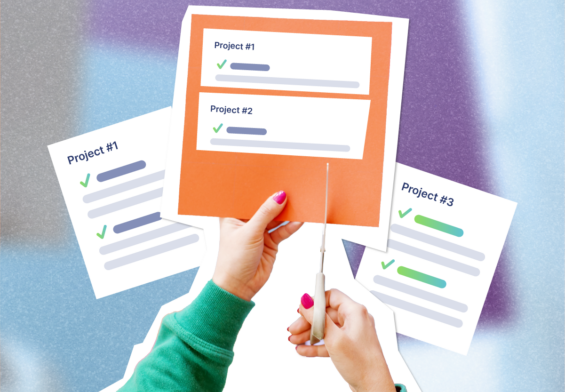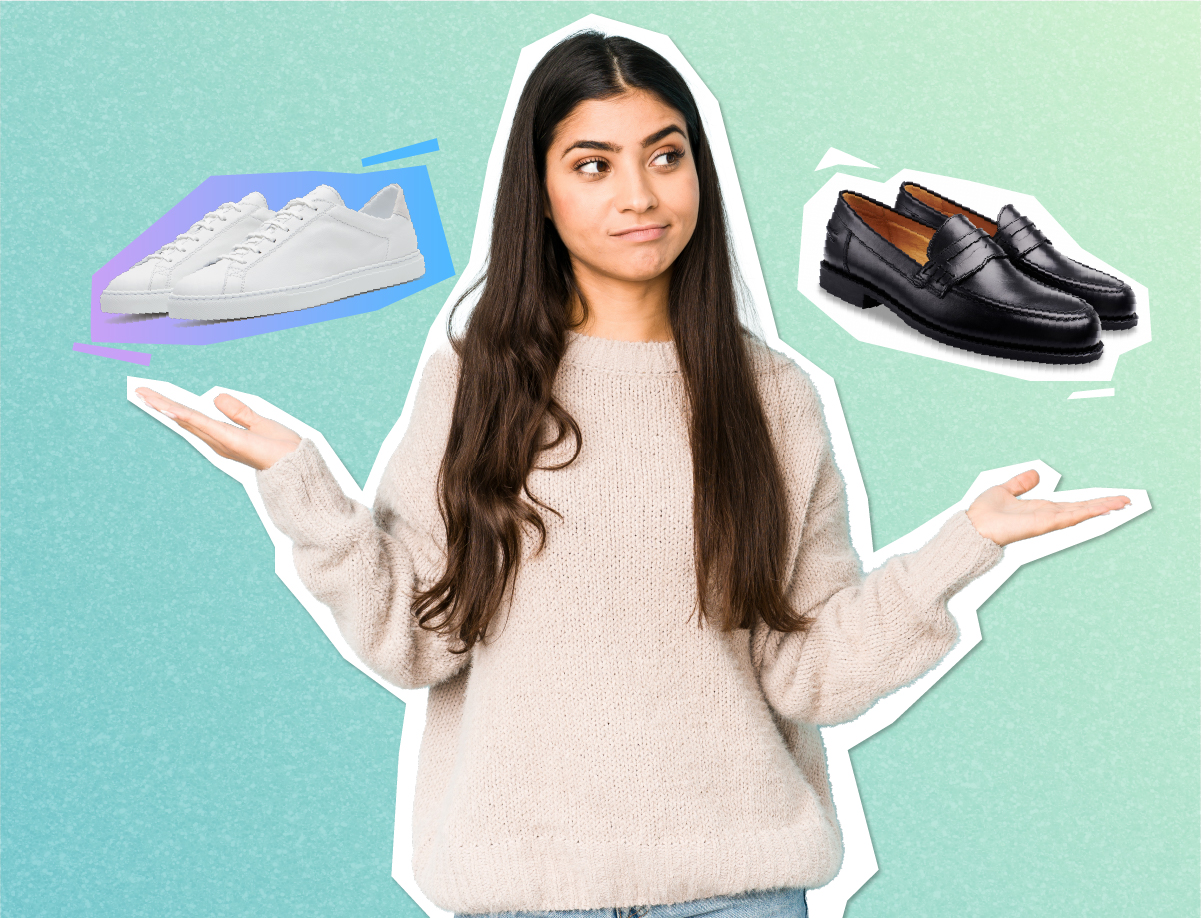
One of the first things this author noticed in the adult world was how everyone pretends to know what different dress codes mean. When was the last time you had a dress code specified and didn’t have to look up what that meant?
We’ve talked about dress codes before.
However, today we’d like to go more in-depth on what different dress codes entail. What to wear, how to wear it, and how to adapt it to the weather.
First, let’s go over some basic dress code ground rules:

- Always ask before starting a job. The best way to gauge the dress code and how strictly people follow it is to ask someone. Your best bet is to ask your supervisor. You can also check the website and social media for clues.
- It’s always a good bet to dress nicer than you think is necessary. This is especially important if you are meeting with a client, going to an out-of-office function, etc.
- Adapt to the seasons by changing the weight, thickness, and color of the clothes you wear to work.
- Most existing dress code guidelines, especially those more commonly used in traditional workplaces, assume the gender binary. If you don’t fall into one or the other, combine the elements of both as feel appropriate to you. What matters most is how well you blend with the tone your company is trying to set with its dress guidelines
Now, let’s get to business. Here’s a breakdown of some of the most common dress code terms.
Business Formal
- This will primarily be used for events rather than the entire overarching dress code
- Black tie attire
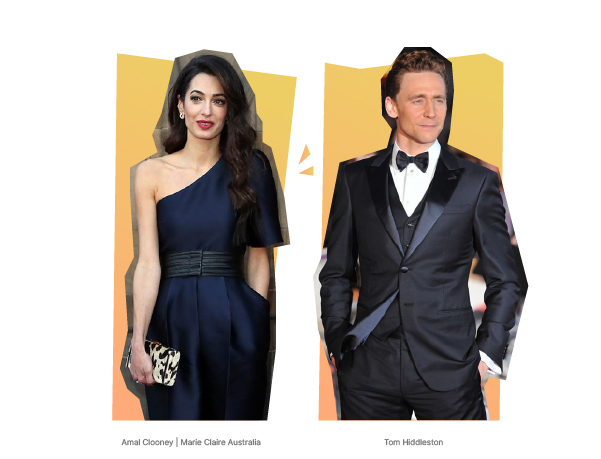
Business Professional
- This is the dress code in more traditional workplaces.
For women
- Solid, neutral colors
- Minimal accessories
- Pressed skirts or pantsuits
- Collared, button-down shirts or blouses
- Closed-toe flats or heels under three inches
For men
- Subdued, solid colors
- Solid or pinstripe suits in a darker color
- Button downs: white, light blue, or navy blue
- Simple ties
- Shoes like loafers or oxfords in black, brown, or burgundy
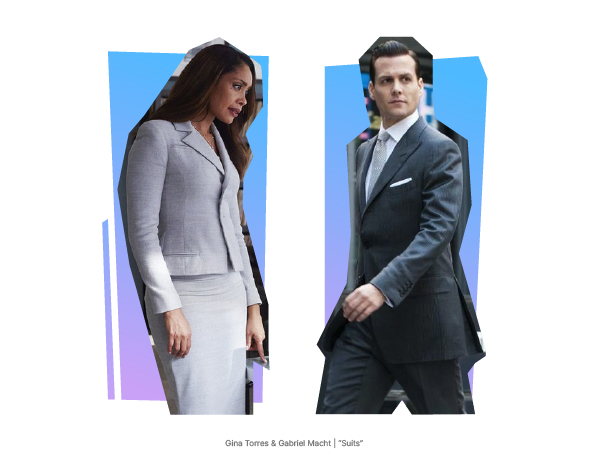
Business Casual
- Assume this when going for a job interview.
For women
- Slacks, dress pants, khakis, or pressed skirts
- Blouses, button-downs, polos, turtlenecks, and sweaters
- Mid-length and sheath dresses
- Closed-toe heels and flats; heeled boots
- Understated jewelry
For men
- Button-down, dress, and polo shirts
- Sport Coats and jackets
- Dress slacks and khakis
- Dress socks
- Loafers and oxfords
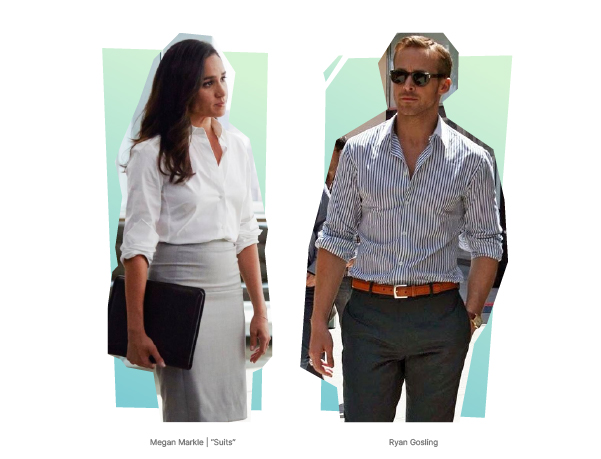
Casual
- Button-up shirts, blouses, and pullovers
- Touches of color and/or subtle patterns
- Slacks, khakis, chinos, or dark, tailored jeans
- Cardigans or sweaters
- Knee-length dresses
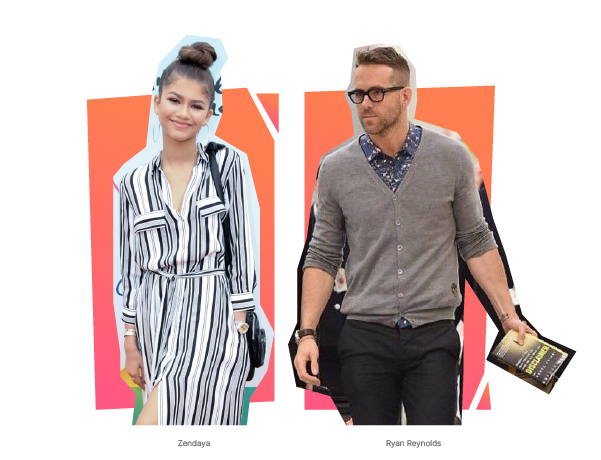
Whatever dress code you’ve been given for your workplace, it’s a learning curve. Put your best foot forward, learn by observation, and have confidence in yourself.
We go over dress code rules and many other useful career topics in our Career Creation Course, make sure to check it out. The videos are short, you can learn at your own pace, and it’s free!


